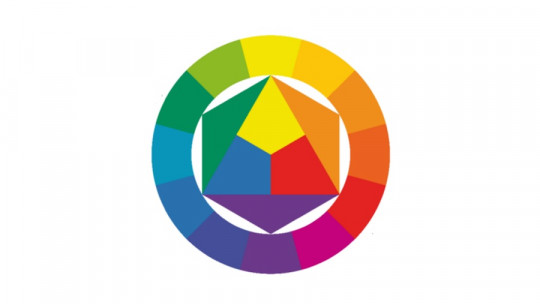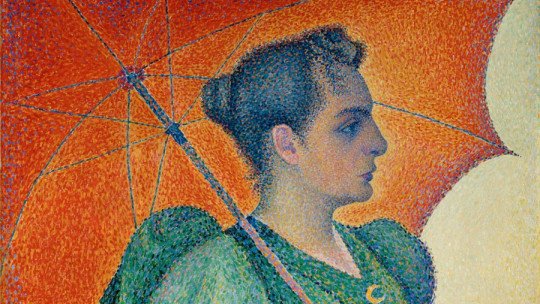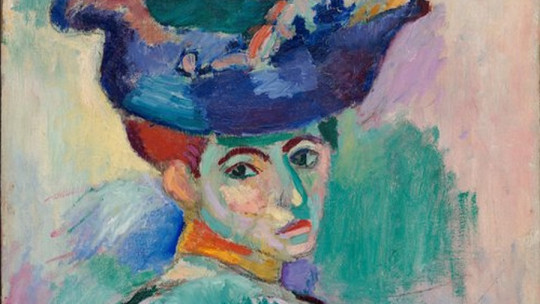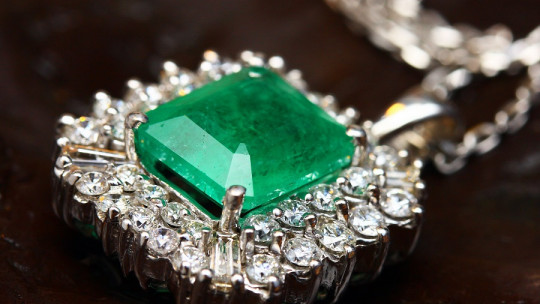
Color is a visual experience. That is, it is a sensory impression that occurs thanks to the fact that we have three types of chromatic receptors in the retina: the cones. These receptors respond to very specific wavelengths.
Although most people see thousands of different colors, most of these are actually combinations of three essential colors: the primary colors Next we are going to see what exactly they are, what color theories exist and the concept of the color wheel.
What are primary colors?
The primary colors are those that cannot be obtained through mixtures with other colors, which is why they are considered unique and singular. However, it is possible to mix them together, obtaining a wide range of tones with them.
Although the idea that the three primary colors are red, yellow and blue is well established in popular culture, in reality, these three are not the true pure primary colors. exist different chromatic models that, depending on whether the color is due to a material or light, the primary colors are one or the other
What most chromatic models do have in common is that they defend the idea that there are always three primary colors, although different from model to model. This is because the human eye has trichromatic vision. This peculiarity is due to the fact that in the retina, most people have three types of receptors that respond to very specific wavelengths of light: the cones.
Theories of primary colors
There are different theories about primary colors, two being the most influential: that of light colors, or additive theory, and that of pigment colors or subtractive theory.
Additive theory
The light color is immaterial, created through sunlight or artificial light. Light colors are obtained from the sum of radiation of different wavelengths and in different proportions
The primary colors within the additive system are red, green and blue, constituting the RGB model (Red, Green and Blue). These colors are in white light, and are obtainable if that same light is decomposed with a prism. In turn, combining red, green and blue light we obtain a beam of white light.
The primary colors of the additive system can be combined in pairs, giving the following secondary colors:
In addition, the absence of primary tones causes the color black to emerge This is because the human eye is not able to recognize tones in the environment if there is no light in the environment.
Because you can play with lights to obtain different colors, this is the system used by devices that work through light emissions, that is, screens.
Subtractive theory
Subtractive primary colors are those found in pigments and dyes being magenta, yellow and cyan, called the CYM model (Cyan, Yellow and Magenta).
In the past, it was believed that color was a quality of the object. However, with advances in optics and It was discovered that the color we see in an object is due to what type of light is reflected on it
Depending on the pigment that the object has, the white light that falls on it is reflected incompletely. On the one hand, some beams of light will be absorbed by the same object, while others will be reflected. The reflection is what the human eye captures, assigning it the color in which we see the object
For example, let’s imagine a magenta object. As we have already said, white light has all the colors in it. This light, upon hitting the object, is partially absorbed, absorbing all the colors of the visible spectrum except magenta, which bounces back and is what we end up seeing.
As with light colors, subtractive primary colors can be combined, forming secondary colors.
Curiously, From the combination of the subtractive primary colors we obtain, as secondary colors, the colors that are primary in the additive model Conversely, combining the additive primary colors we obtain, as their secondary colors, the subtractive primary colors.
Unlike light colors, which combined result in a beam of white light, pigment colors mixed result in black.
Since these colors relate directly to the pigments of an object, The subtractive primary color system is used in pictorial or printed elements such as paintings, banners, books, colors of industrial objects.
Traditional primary colors
Originally It was thought that the primary pigment colors were the same ones we have today in popular culture: yellow, red and blue.
In fact, the famous German philosopher Johann Wolfgang von Goethe defended this idea in his 1810 book Zur Farbenlehre (“Color Theory”). In that book he created a model that we could call RYB if it had triumphed (Red, Yellow and Blue), being represented in a chromatic circle and where they joined together forming other, secondary colors. This model would be the precursor of the current CYM model.
Although this system has become obsolete, it is still used in fine arts, especially in courses focused on primary school children.
Psychological primary colors
The theory of psychological primary colors was expounded by Ewald Hering. In her included up to six primary psychological colors, grouped in opposite pairs, namely: black and white, red and green, yellow and blue
Although this theory has not had much impact in the plastic arts, it has had an impact in the study of visual perception, being demonstrable in practice. For example, if you look at a green object steadily and then look away towards a white or black surface, the silhouette of the object remains fixed on your retina, but you see its opposite color, which would be red. This same process can be repeated with objects of different colors, in effect appearing its opposite color
Origin of the color wheel
Isaac Newton was one of the first to study primary colors and their derivatives, exposing his theory in his book Opticks: or, A Treatise of the Reflexions, Refractions, Inflexions and Colors of Light (1704). In it He stated that there were seven basic colors of light, which were those that can be seen in the rainbow: red, orange, yellow, green, turquoise, blue and violet. In addition to this description, he made great contributions to optics with the creation of the first color wheel.
The color wheel, as we know it today, arises from the primary colors. In this circle the primary colors are located in equidistant positions, where the mixture of two of them will give rise to the secondary colors From the mixture of a primary color with its secondary color, a tertiary color arises.
Newton is credited with the discovery that the colors we perceive can be identified thanks to light, as we have explained before in the subtractive theory section. When light hits an object with a certain pigment, it decomposes, the unabsorbed light bouncing off and the rest being absorbed. It is that unabsorbed light that gives color to the object in question.








